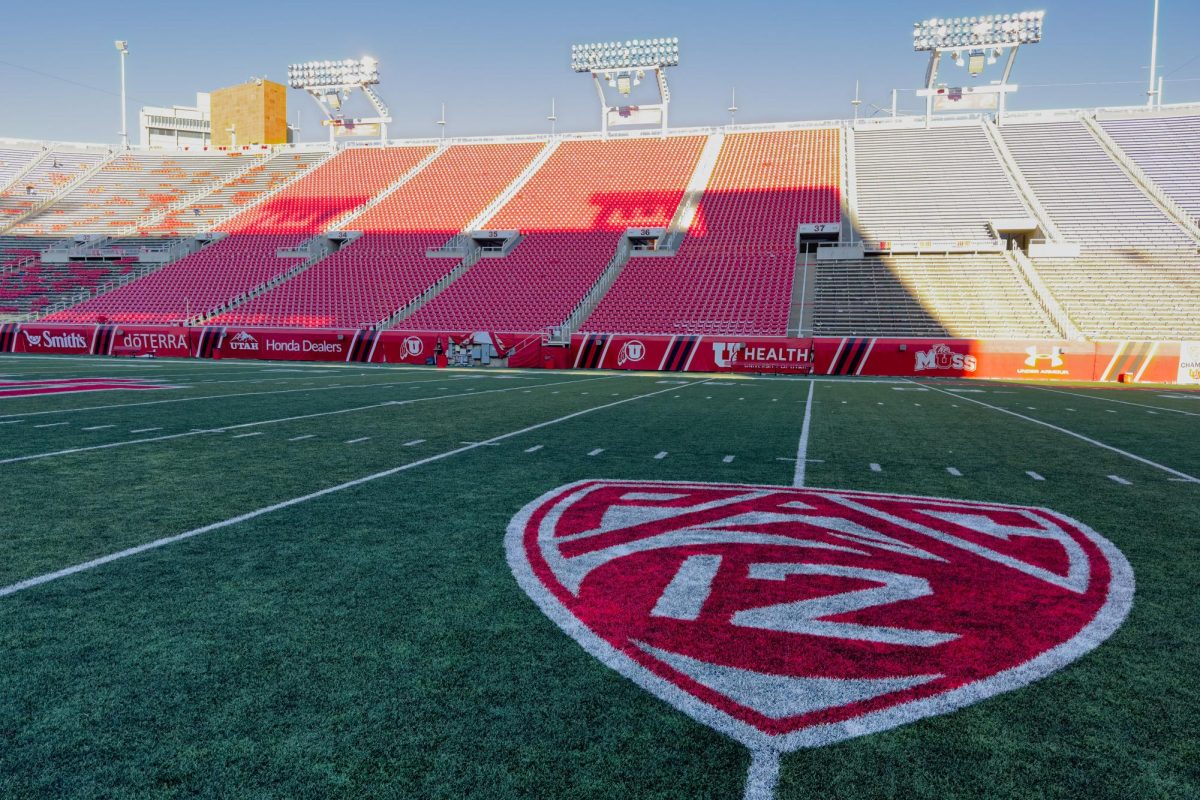The last two years have been a rollercoaster ride for the University of Utah regarding its future with NCAA sporting conferences. The first domino of uncertainty fell in June of 2022 when USC and UCLA announced plans to leave their long-time home in the Pac-12 and join the highly-coveted Big Ten conference. This news was an absolute shock to the sports world, and unfortunately, it was only the beginning of what the college athletics landscape has become today.
Since the L.A. schools announced their departure from the Pac-12, the conference has all but disintegrated. Oregon and Washington each signed $30 million deals to follow the hype train to the Big Ten. Arizona, Arizona State and Utah each signed with the Big 12 for an estimated $31.7 million shortly after.
Times were looking tough for the four remaining schools in the Pac-12 until California and Stanford were offered $25 million to join the Atlantic Coast Conference. These deals left two teams stranded — Oregon State and Washington State. Sadly, neither of these programs has been able to sign with a power conference and will have to find ways to compete with “group of five” opponents.
What does all of this mean for Utah? There are mixed emotions among fans, players, coaches and staff members across the board, but the bottom line is that Utah and its teams are in a good spot right now. Some were hoping for bigger and better competition in the Big Ten due to the recent success of the school’s athletics. Others were just glad to remain a power-conference program after seeing Oregon State’s and Washington State’s disappointing fate.
There’s no way to know if the Big 12 is a life-long destination for the Utes, but there is information that can give us a good idea.
In 2012, the Big 12 conference incorporated a “99-year blood oath contract” for each member. In short, this contract was made to keep teams bound together as part of the conference for the long run. This deal doesn’t necessarily lock teams in permanently, but it does make it extremely difficult to leave.
For example, Texas and Oklahoma announced their plans to leave the Big 12 for the SEC in 2021. After three years of court cases, contract negotiations, buyouts and trials, these schools have finally been cleared to join a new conference. It didn’t come free, however, as it cost an estimated $100 million for each university to buy out of the dreaded 99-year blood oath.
The University of Utah avoided this contract when signing with its new conference. The genius negotiations by U President Taylor Randall and staff negated an exit fee requirement if and when the Utes are ready to move on from the Big 12. This is a luxury that only Utah has in the newly formed conference, allowing them to easily leave for the Big Ten, SEC, ACC or elsewhere in the future. Utah has a comfortable new home in the Big 12, but can likely play themselves into a superior conference over time.
It will be interesting to see how realignment continues to progress in the future, and what Utah decides to do with its highly sought-after athletics and academics departments.



Mark Leone • Jun 21, 2024 at 9:48 am
Excellent article John!!